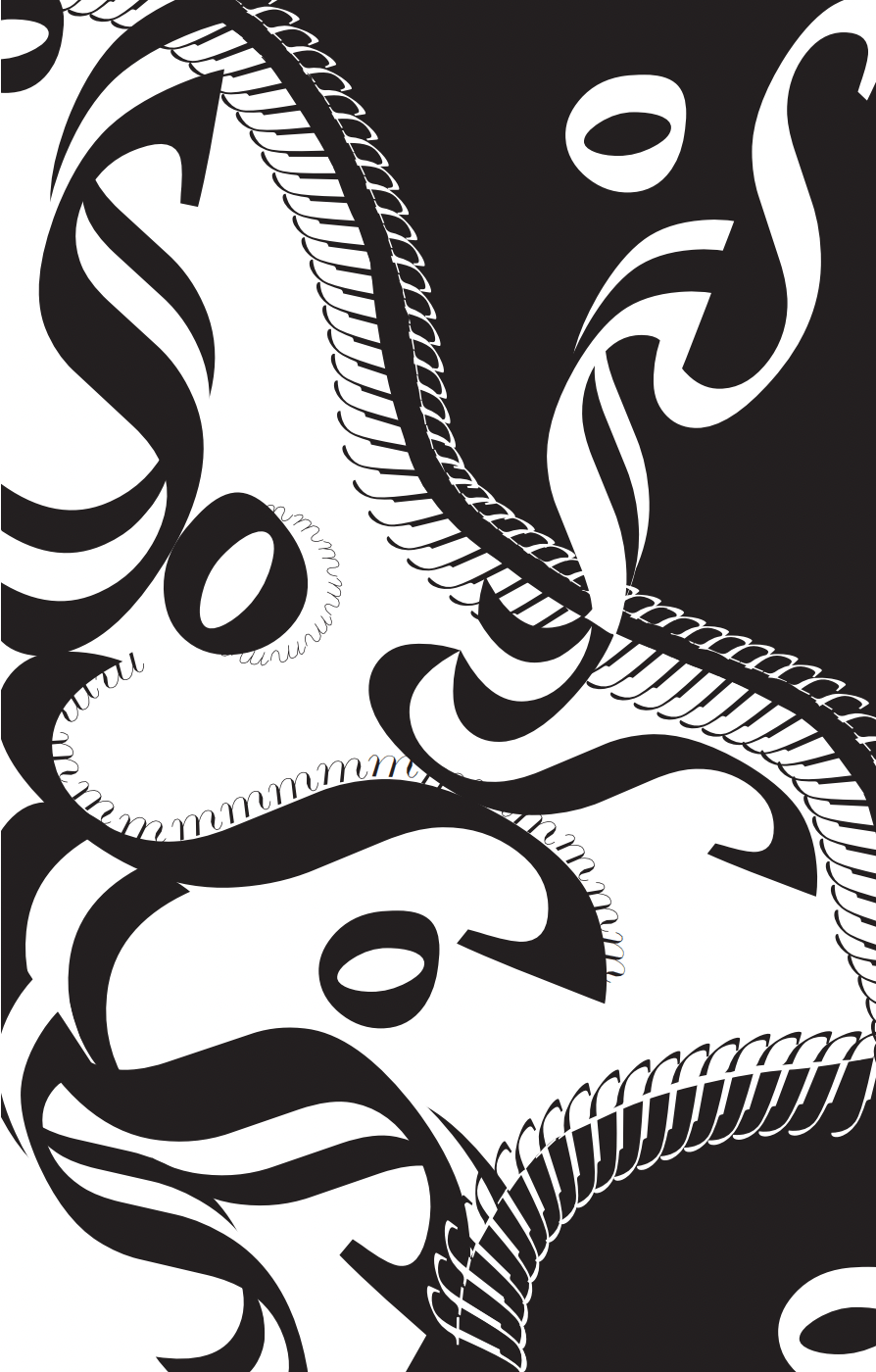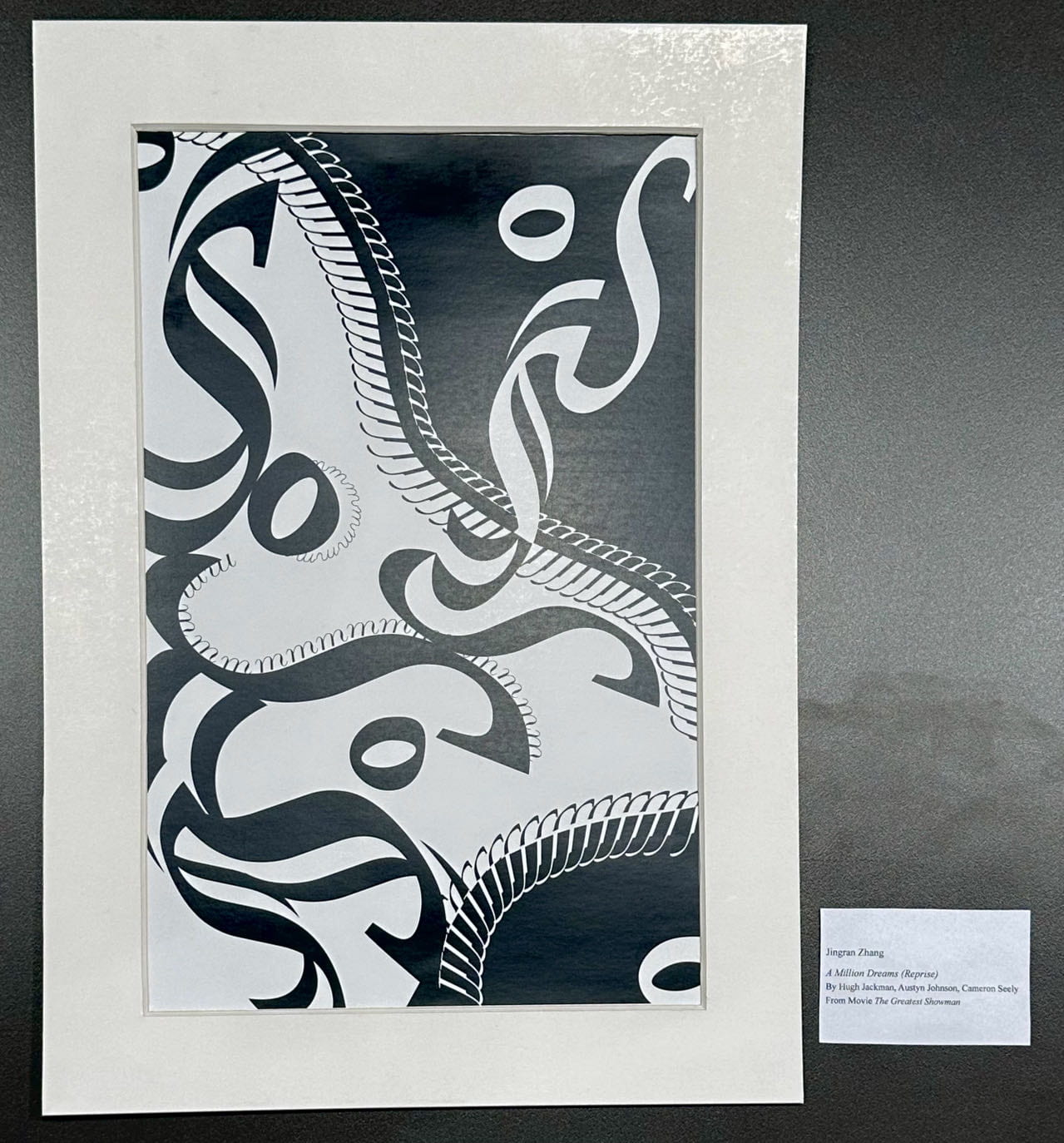When Ritchin mentioned the “fluidity of the digital”, I think he meant the manipulability of digitization itself and its deviation in objectivity. As we can “write with light”, digital photography as an example goes beyond the use of recording the moment. In today’s photography technology and post-processing techniques, we can see that a picture can be transformed into a look we didn’t expect through light and color change, and in the case of a picture of a person, we can also see over-processing that makes it hard to recognize the person. Digitization gave people the opportunity to use smaller and more affordable devices to record their lives. And human beings are intentionally making transitions or creating differences in our work, using digital devices.
For example, in Susan Sontag’s work, On Photography, when I read the part about photographs furnishing evidence, I doubted whether there is the possibility that the truth has been misinterpreted through post-production techniques or changes in light and shadow from a photographic perspective. This kind of doubt is already breaking the balance of the utopia photography itself initially gives us. Also as mentioned in the reading, if taste and conscience are not recognized or delivered negatively, the photography can be interpreted beyond or even contrary to the facts themselves and become aggressive. It does cross the most fundamental recording function, but it also misinterprets the reality of time or space. To some extent, this could be a step towards art for photography itself, where people bring their ideas and start creating in this artistic field, but maybe it’s a double-edged sword.
There is no doubt that the photography is capable of capturing reality. But for example, compared to videos, photography is capturing a certain moment instead of a time period. In this way, the viewers can have the space to imagine the things happening before and after the moment. But at the same time, the viewers are not sure about any of these facts. In videos, we can see the whole thing or a certain stage of a story, which gives us more adequate information and objectivity. In photography, that one moment can deviate from objectivity through the author’s different perspective or artistic creation and post-processing. Even more, the digital format makes this process more convenient.
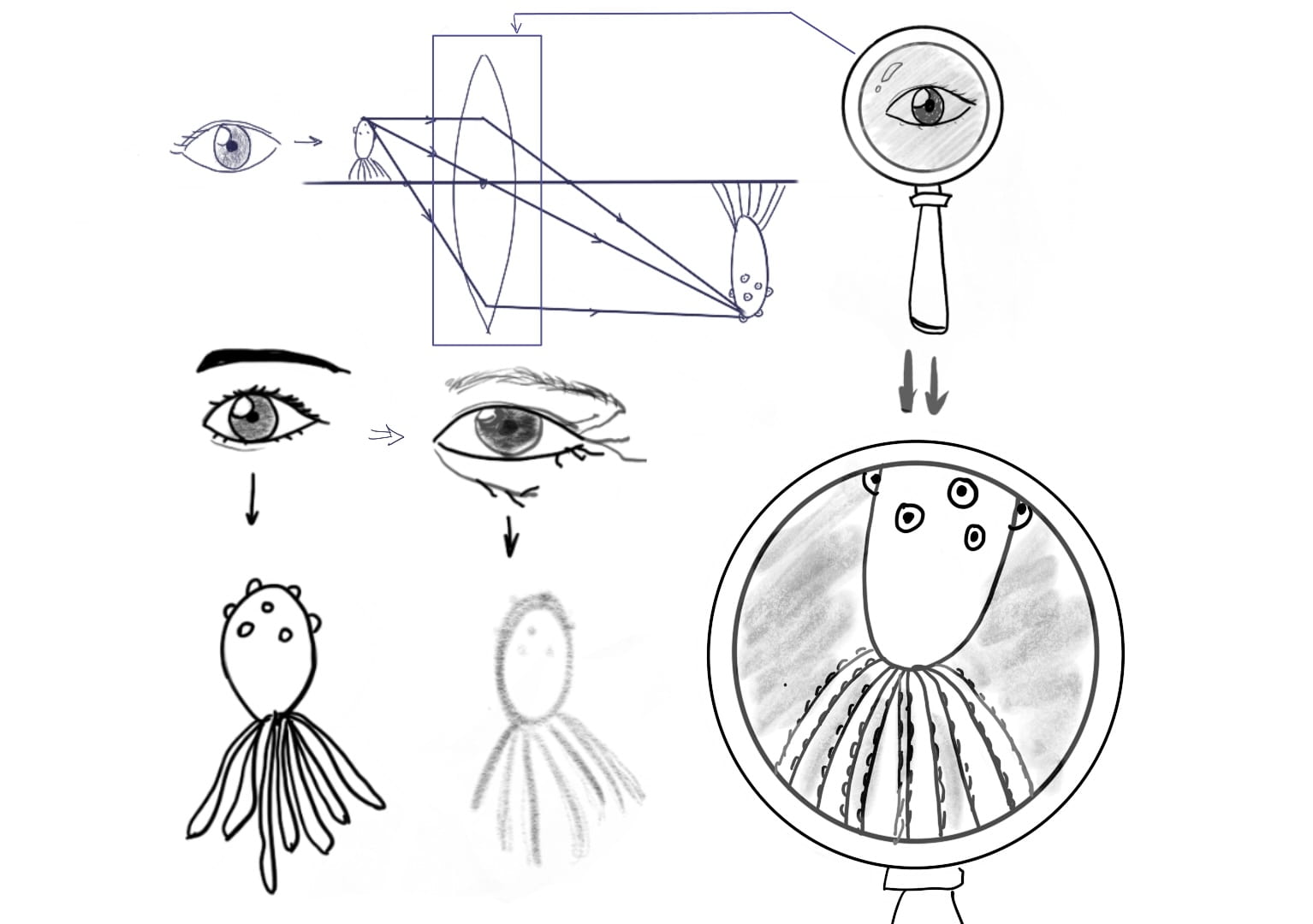
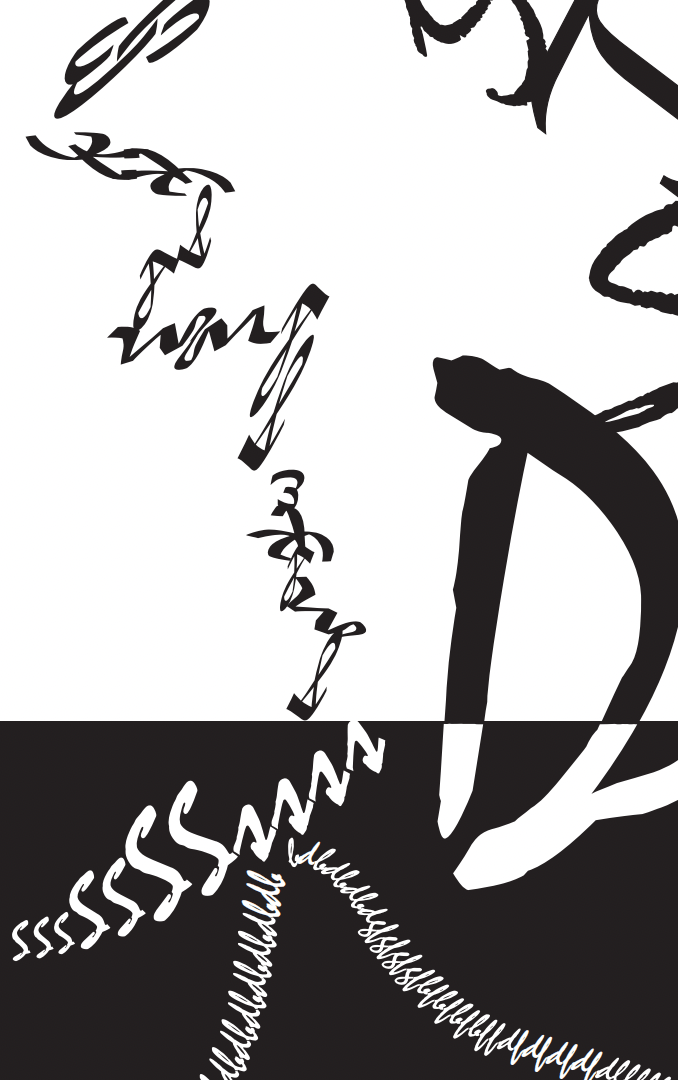
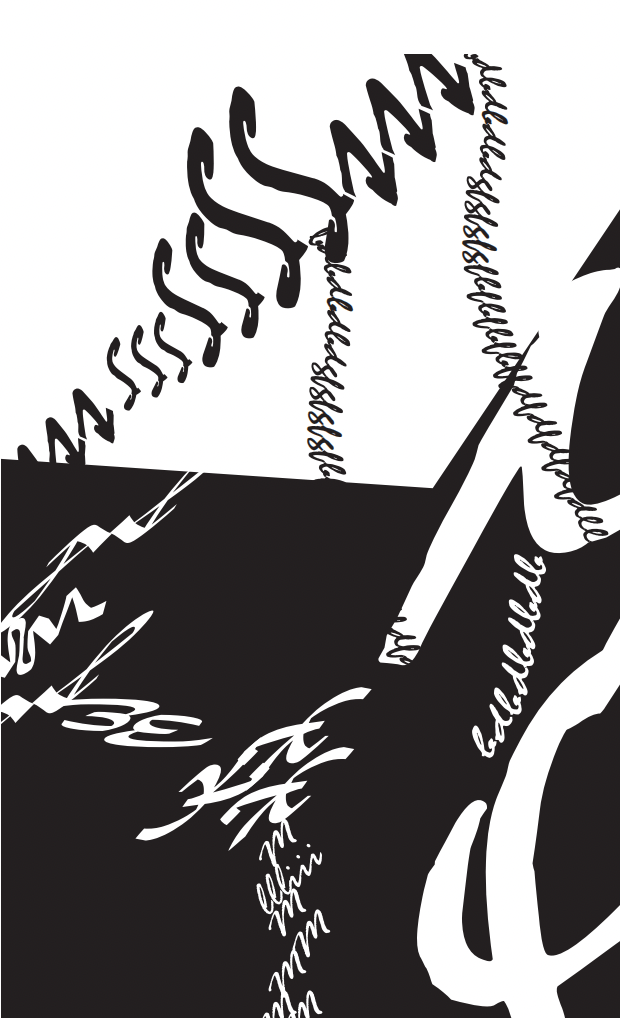 (In Progress Work)
(In Progress Work)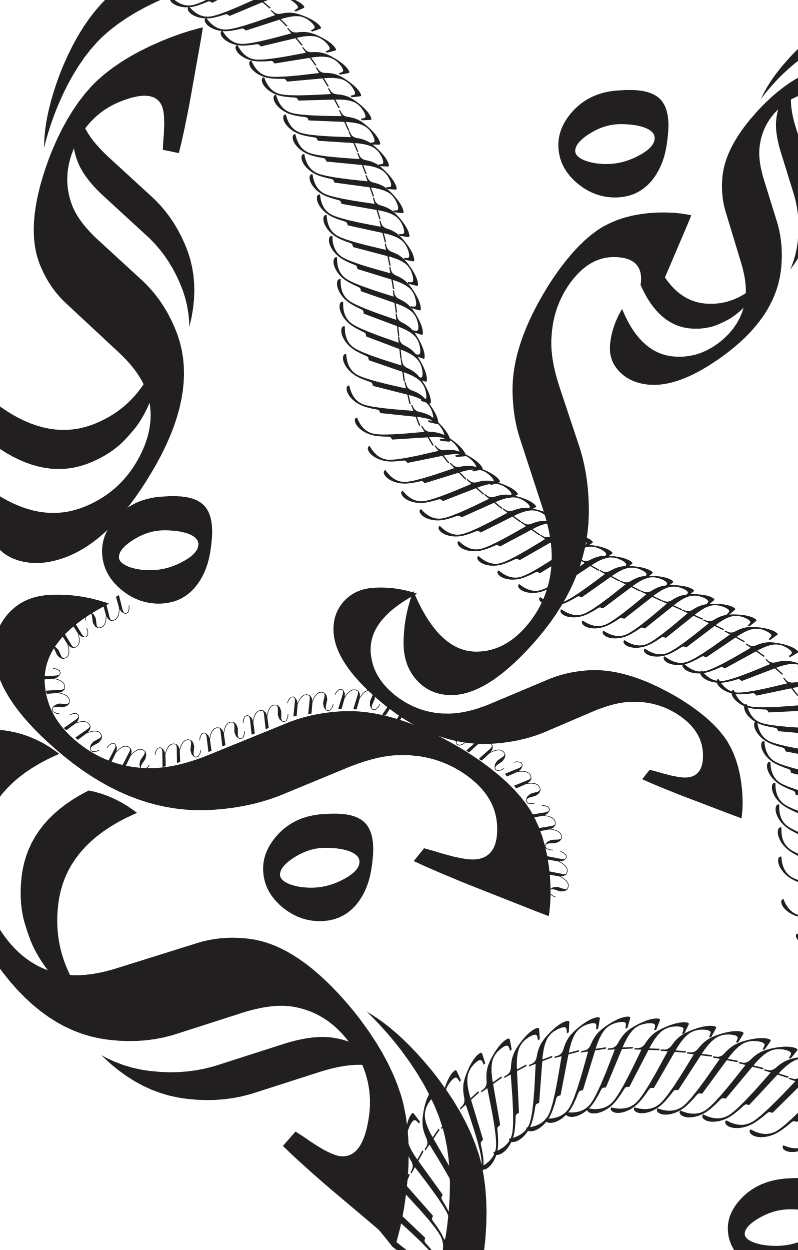
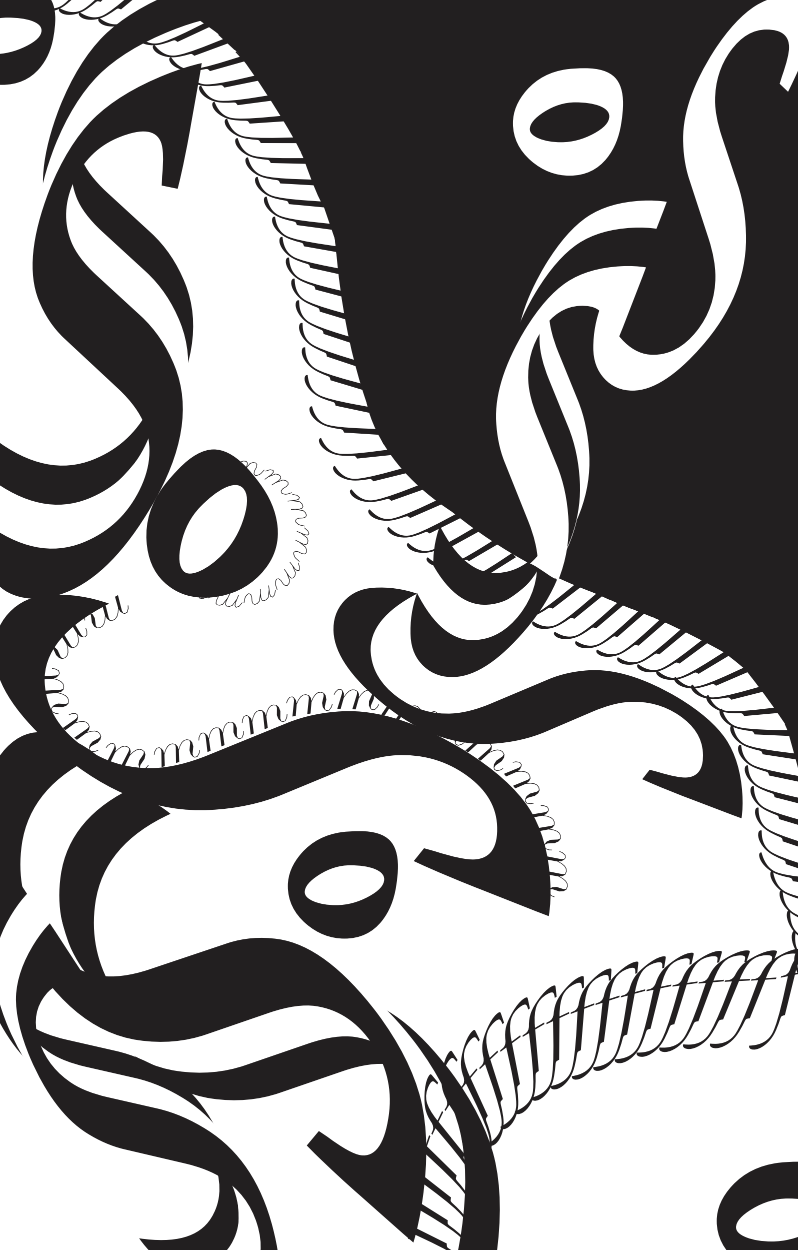 (In Progress Work)
(In Progress Work)